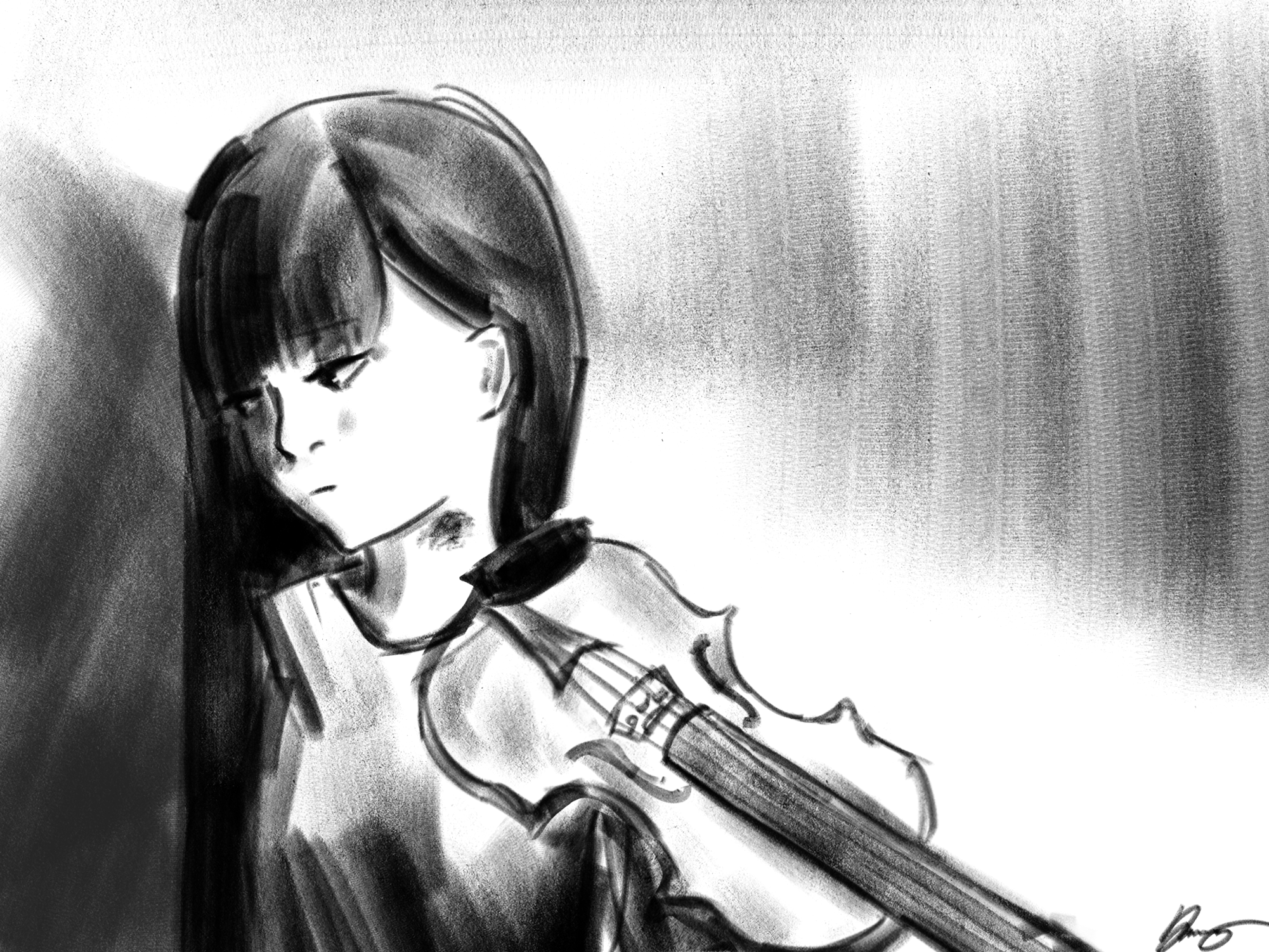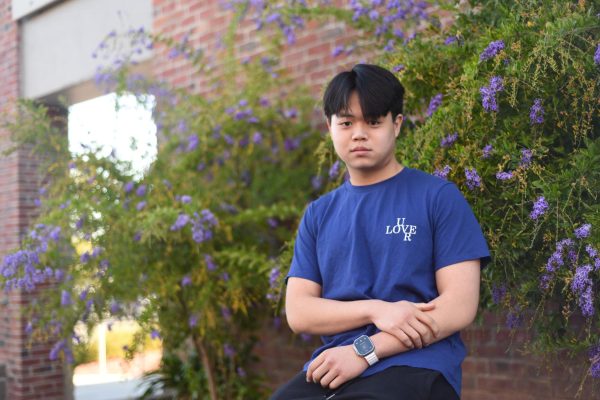
The surface of my skin, right under my left jawbone, bears a noticeable dark mark. Sometimes it turns red. No one really questions what it is or where I got it from, though a few people recognize it — those who share the same passion for music that I have.
When I began my violin journey at 7 years old, I wasn’t exactly dedicated to my craft. Instead, I was continuously nagged by my parents to practice my pieces — if I completed at least 45 minutes of practice, I could get 15 minutes of game time on my iPad. Still, I was forced to get a few minutes of practice time every day and gradually, the continuous rigor of my schedule became essential to me.
Placing the finely crafted wooden instrument on my neck, I gently rested the bow on the thin metal strings. Just like that, the violin gained a voice. I worked hard to develop a beautiful sound, as the violin could produce anywhere from a robust tone to a squeaky whimper, depending on the technique used to handle the bow. Practicing almost every day, the constant abrasion of the neck rest in contact with my skin eventually formed this blemish — a hickey.
At the ripe age of 12, my interest in violin truly blossomed. I was hooked on YouTube videos of TwoSetViolin and other violin prodigies, incessantly comparing myself to them. Whenever I saw a video title of a challenging piece with a thumbnail of a little kid, I would always wonder how those prodigies could achieve such a high level of mastery in such a short time.
Sometimes, in the middle of a practice session, I would stare at the music blankly and dejectedly ponder: Why can’t I play this passage right like them? I’ve been working on this for hours, will I ever succeed? I should just stop.
The way they caressed their half-sized bows on the strings of their tiny violins to produce lyrical lines, was the essence of musicality intertwined with refined technique—something I still find incredibly difficult. Their playing felt magical and made me eager to tackle a more difficult repertoire. As I practiced more, I slowly got better. But my motivation ebbed and flowed. On one hand, these prodigies heavily inspired me, but on another, their brilliance made me feel discouraged.
After seeing the significance of the hickey, I realized that the passion of learning an instrument, similar to many professions, is deeply personal, yet recognizable to others. My “violin hickey,” as some might call it, isn’t just a blemish but a badge of dedication. It marks the countless hours I’ve poured into my craft, the moments of frustration and joy shared with my mentors and the process of slow improvement.
Whenever I see a musician who has a mark like this, I admire them because it is a representation of the physical and emotional effort they have put into their craft. Because of this, the violin hickey became more than a mark; to me, it is a symbol of the bond between a musician and their instrument—a sign of an attachment.
As time passed, I came to see that comparing myself to others destroys the core essence of why music exists in the first place—as something to be shared with others. Every musician has their own individuality in which they express their love for music and a bond with their instrument. There’s no one “better” than another, because everyone has their own unique struggles which cannot be replicated. Although sometimes I still have this mindset of comparing myself to others, I see it more as a form of motivation and an end goal that I should try to achieve. Gaining this new perspective has impacted me far more than the fulfillment I get from music. Whenever I feel I didn’t do well on a test, I see failure not as a disheartening feeling, but as a reminder that I should continue to strive for improvement.
Focusing on oneself is of utmost importance. There will always be someone better, more skilled or more experienced, but their journey requires countless hours of work and dedication. It is no different to another’s path.









